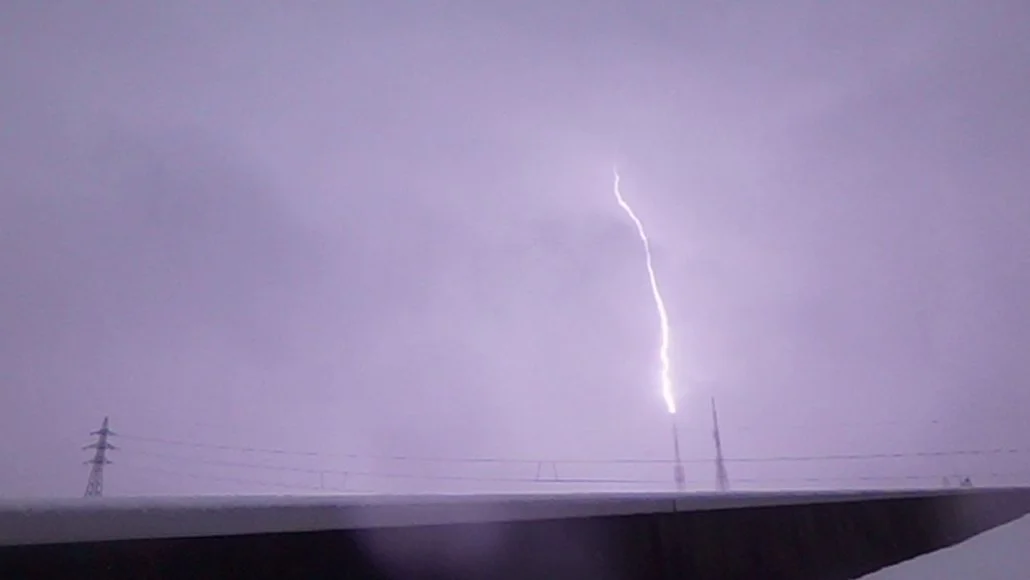
Lightning Strikes Twice: Scientists Witness Gamma-Ray Burst Created by Colliding Lightning Bolts
Lightning, a familiar yet formidable force of nature, holds secrets that scientists are only just beginning to unravel. In a groundbreaking study, researchers have observed a terrestrial gamma-ray flash (TGF), a burst of high-energy radiation, erupting from a thundercloud just moments before two lightning pathways collided. This rare event provides unprecedented insight into the extreme processes occurring in Earth's atmosphere.

The research team, led by Yuuki Wada from The University of Osaka, used a multi-sensor system near Kanazawa in central Japan to monitor winter storms. This system combined optical, radio-frequency, and high-energy detectors, allowing them to capture a flash linked to a negative leader descending from a thundercloud and a positive channel rising from the ground. The event, published in the journal Science Advances, marks a significant leap in understanding how gamma rays are produced within storm clouds.
"The ability to study extreme processes such as TGFs originating in lightning allows us to better understand the high-energy processes occurring in Earth’s atmosphere,” said Wada. Most gamma-ray sources are thought to reside far beyond Earth, but scientists now realize that lightning can produce powerful photons in our own skies.
The collision of these lightning leaders triggered an intense discharge measured at -56 kiloamperes, confirming the enormous energy transfer involved. This brief interval offered a rare glimpse into a phenomenon once considered unobservable. By precisely timing the flash with the lightning strokes, the setup captured an event that most equipment would miss.

Investigators have long suspected that the meeting point of positive and negative lightning leaders can unleash bursts of high-energy radiation. Observations suggest that electrons gain sufficient momentum at this point to produce gamma rays. The first gamma-ray photon was detected just 31 microseconds before the main channels touched, and the full flash ended about 20 microseconds after the collision.
Interestingly, the team also detected a lingering signal for nearly 80 milliseconds after the main gamma-ray flash, likely from photonuclear reactions where ultra-high-energy photons slam into atmospheric atoms, releasing neutrons. This afterglow further confirms the extraordinary nature of the event.
The researchers estimated that the downward negative leader moved at nearly 1.8 million meters per second (approximately 4 million miles per hour), while the upward positive leader moved nearly half that speed. These extreme speeds demonstrate the immense power concentrated within lightning strikes.

Understanding these gamma ray flashes is not just an academic exercise. Research into these extreme pulses may guide how to fortify sites like broadcast towers and power grids, which can suffer severe damage from stronger-than-typical lightning strikes. Additionally, this knowledge could help refine models for ionization events during severe storms, leading to improved lightning protection measures such as enhanced tower designs and upgraded grounding strategies.
Future field projects aim to locate similar flashes in diverse climates, and more advanced radiation monitors are planned to investigate whether these events appear in ordinary thunderstorms or mainly in special conditions. Some scientists believe these findings could help refine models for ionization events during severe storms.
This discovery underscores that even familiar weather phenomena like lightning can conceal astonishing secrets. What other hidden energies are waiting to be discovered within our atmosphere? Share your thoughts and insights in the comments below.